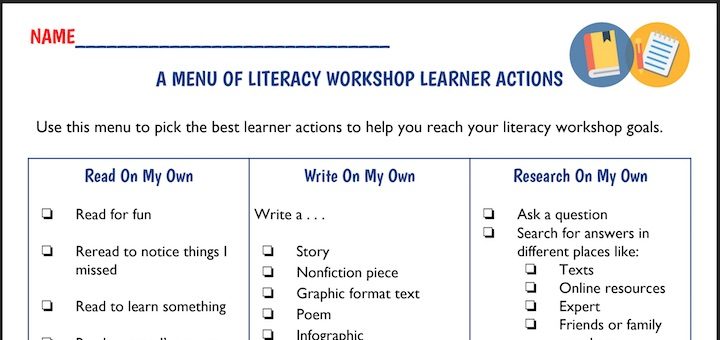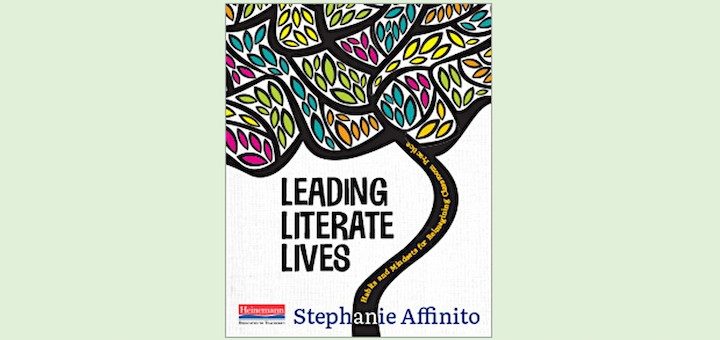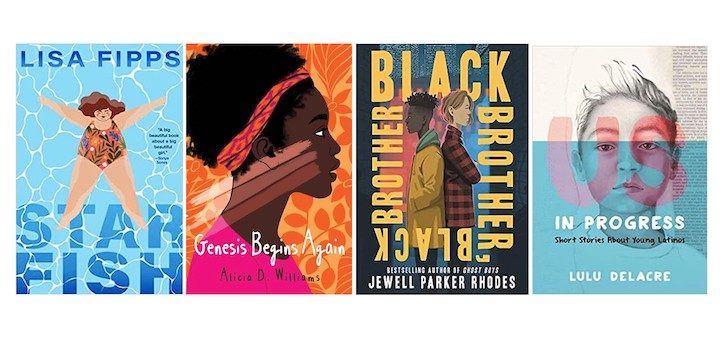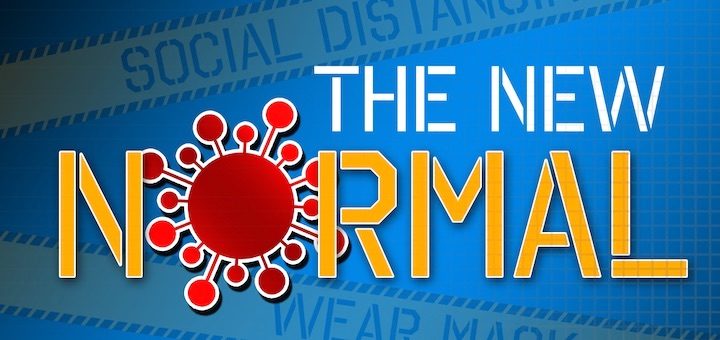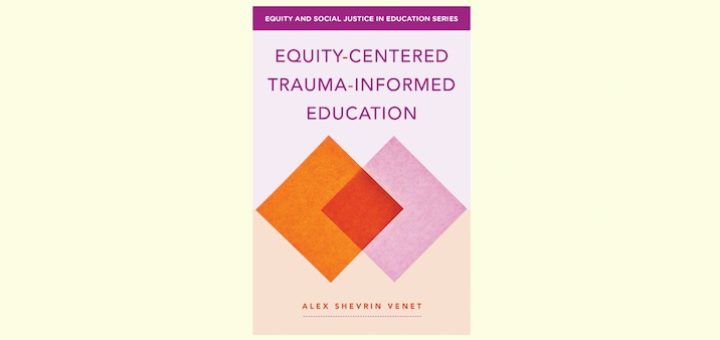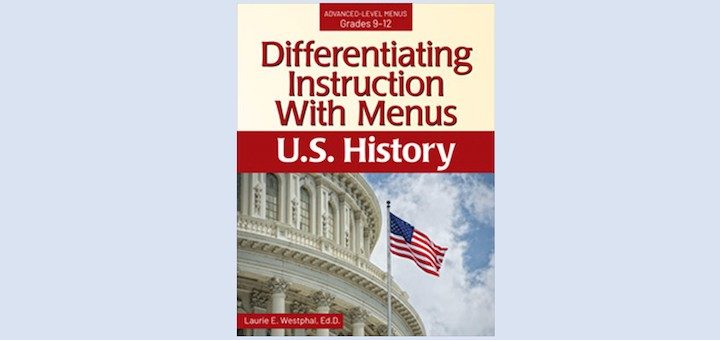Reclaiming the Power of Writer’s Notebooks
A writer’s notebook is a place to write down what you notice and don’t want to forget; a place to record your ideas and reactions to things. Most of all, it’s a place for students to take what they’ve learned in class and make it their own. It’s a place to live like a writer.


